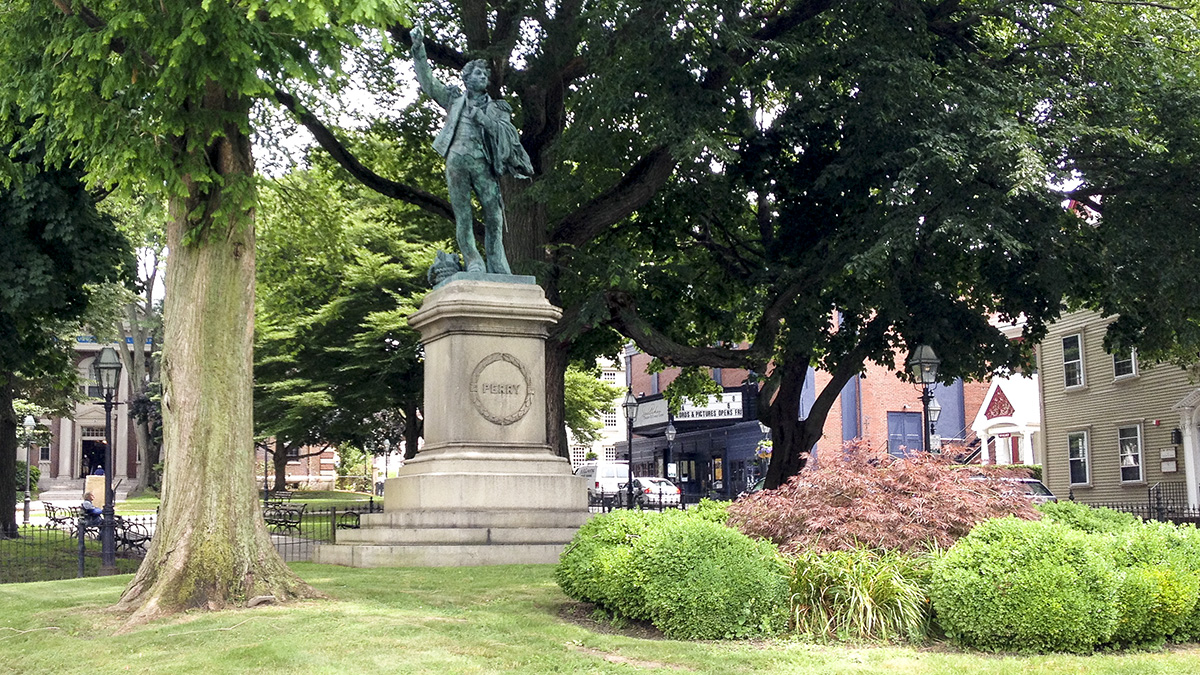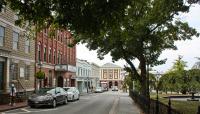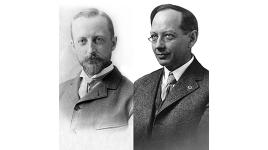Landscape Information
Situated near the natural spring that provided colonists a fresh supply of drinking water, this public square was the civic and symbolic heart of the early settlement of Newport. Linking its neighborhoods to the colonial-era Long Wharf, it is bounded on opposite ends by two historic buildings: On the east is the Colony House, designed by Richard Munday and built in 1739; and, on the west, the arcaded Brick Market, designed by Peter Harrison and completed in 1772. Between them lay an open green, which served as a temporary holding area for livestock en route to market.
By 1800 the town common that encompassed the green was known as Washington Square, and it featured paved pathways, fences and plantings. Within 30 years, additional trees were planted and a cast–iron fountain was installed near its western end. In 1885 sculptor William Green Turner’s statue of Oliver Hazard Perry was placed in the park, for which Olmsted Brothers designed a new layout and plantings at the turn of the century. In 1907 a central bandstand was constructed, but it was replaced by the stele dedicated to President Dwight D. Eisenhower, when in 1960 the park was re-named in his honor. The Florence K. Murray Judicial Complex occupies the eastern base of the long triangular green, which is now separated from the edge of the square by vehicular traffic. Notably different from many colonial commons for the absence of a central church, Washington Square is a contributing feature of the 250-acre Newport Historic District, designated a National Historic Landmark in 1968.
















